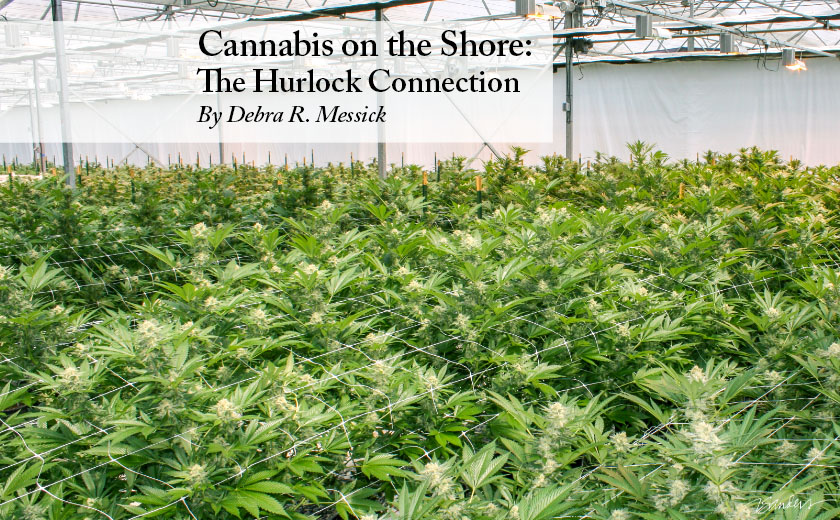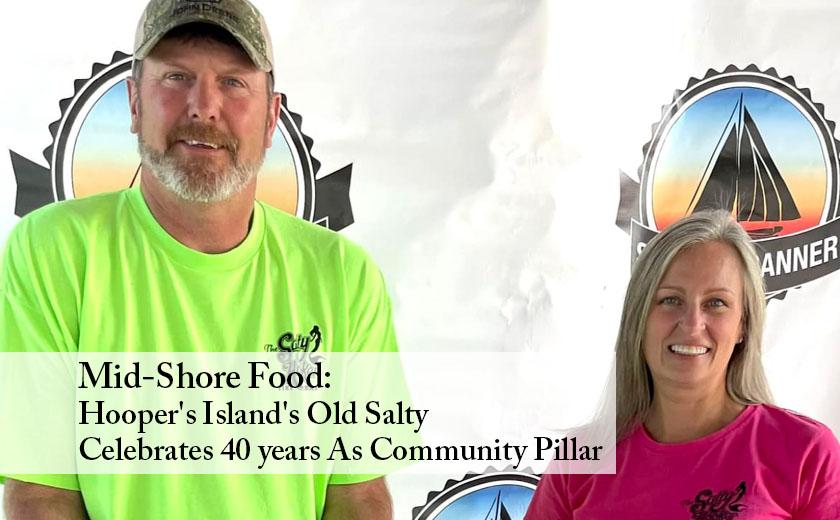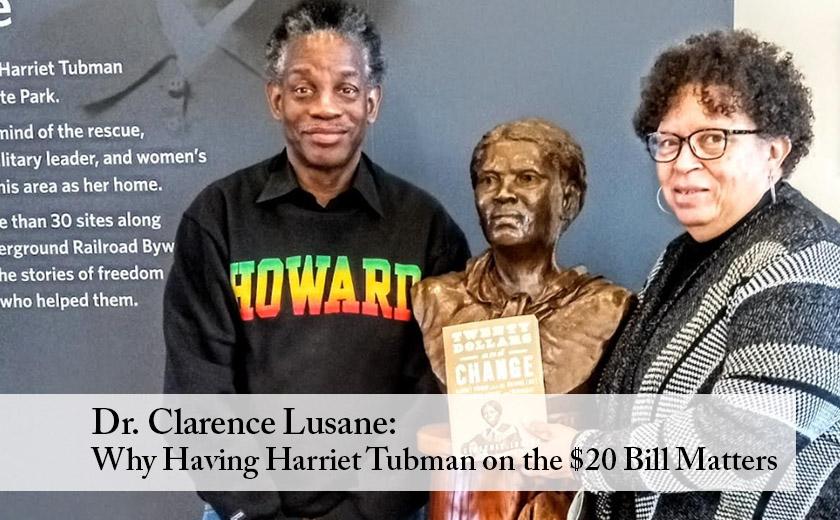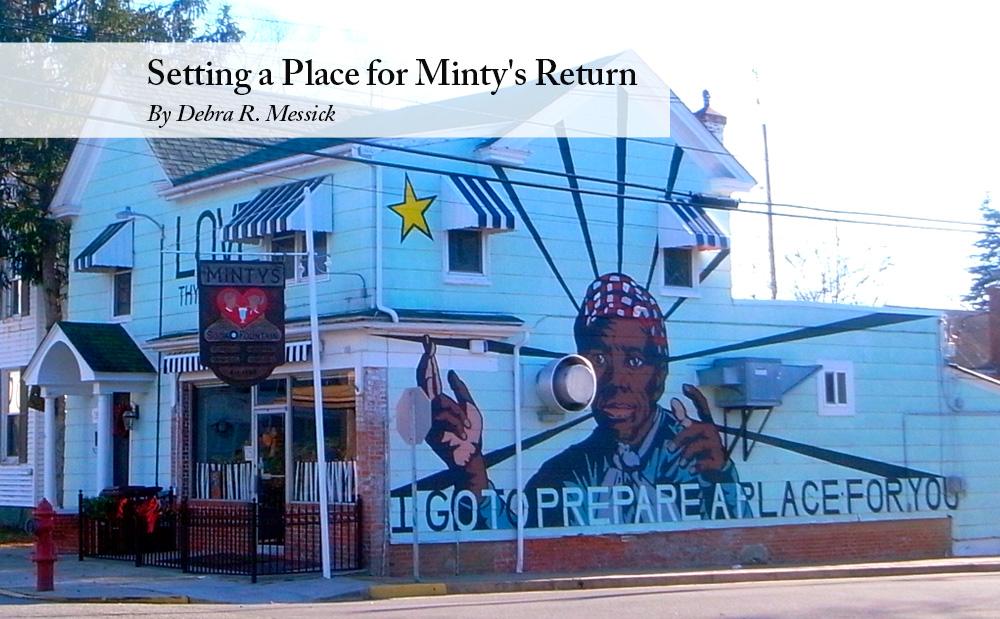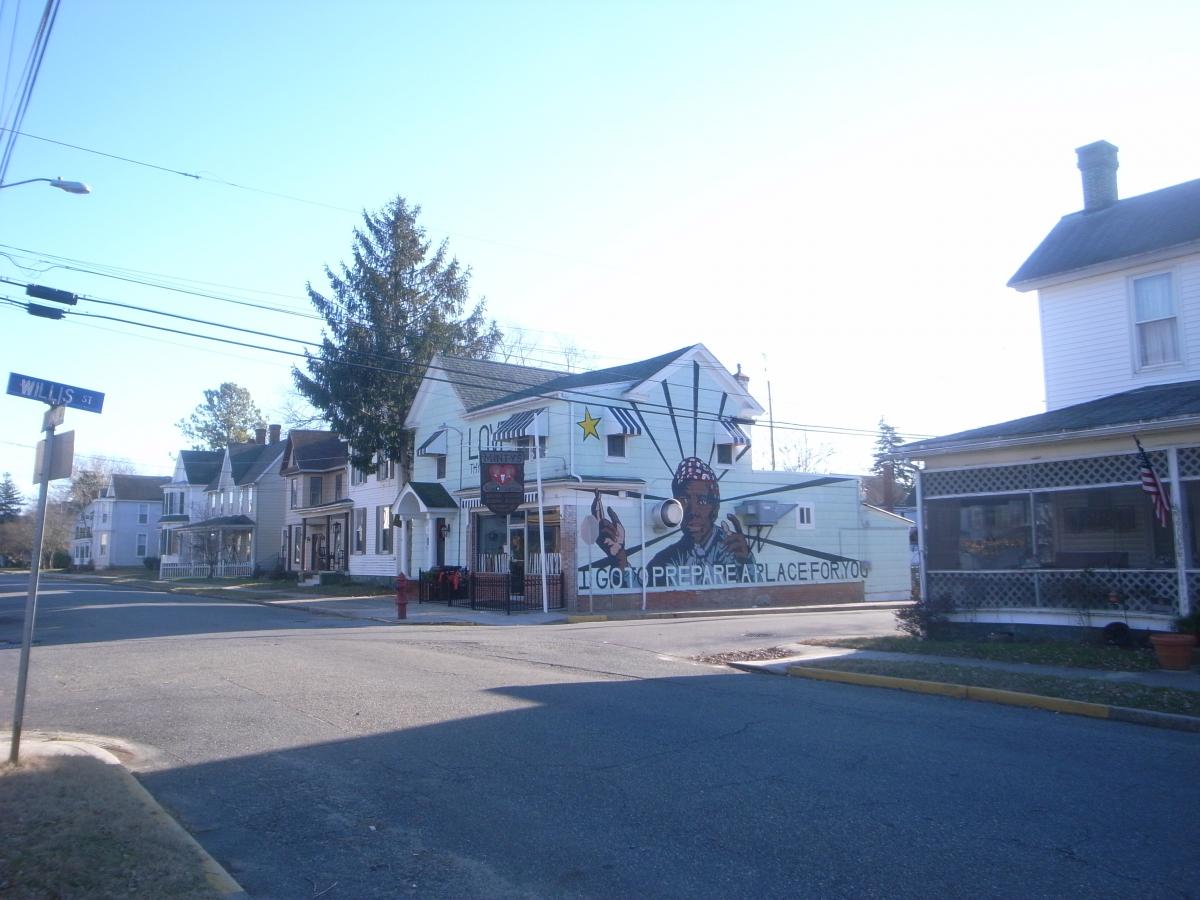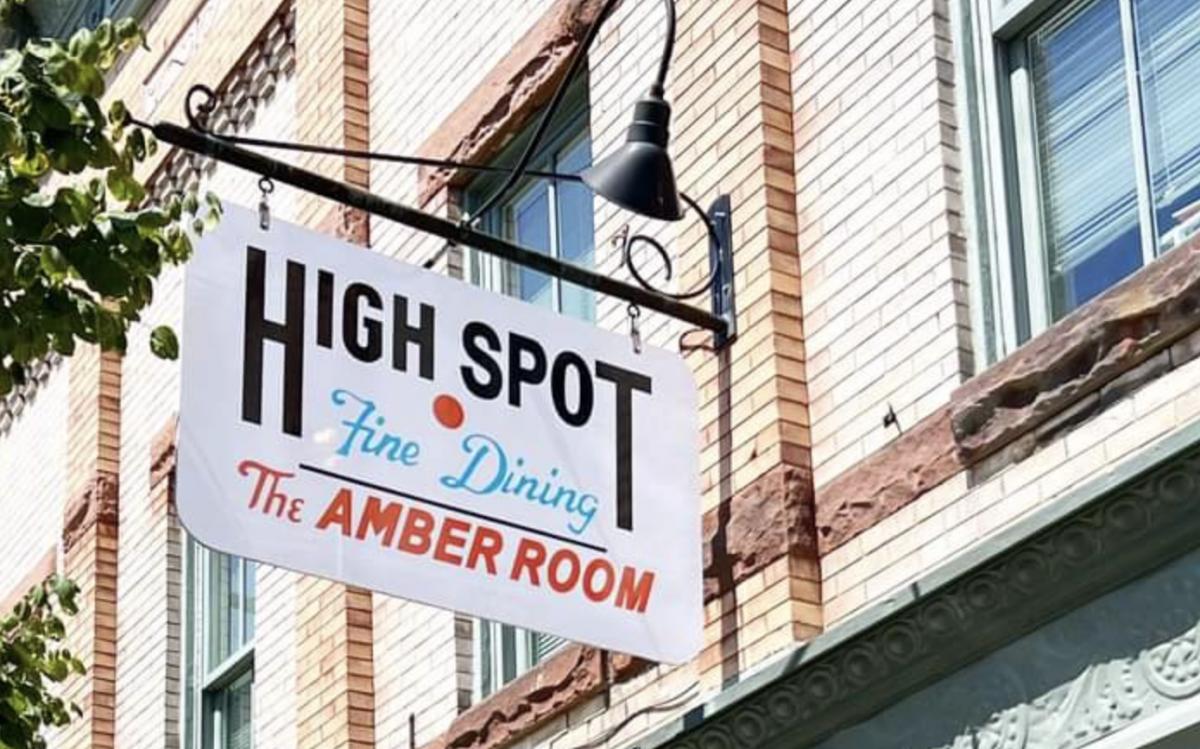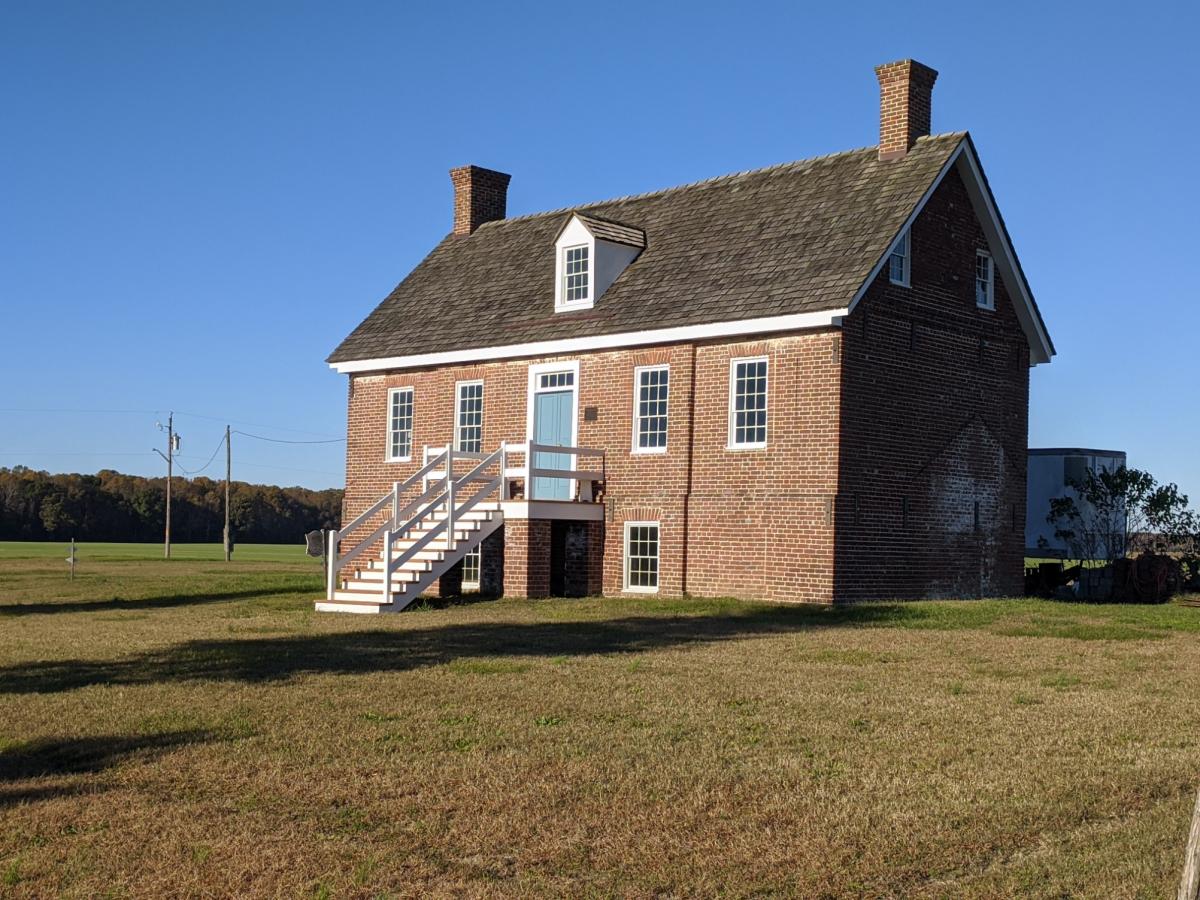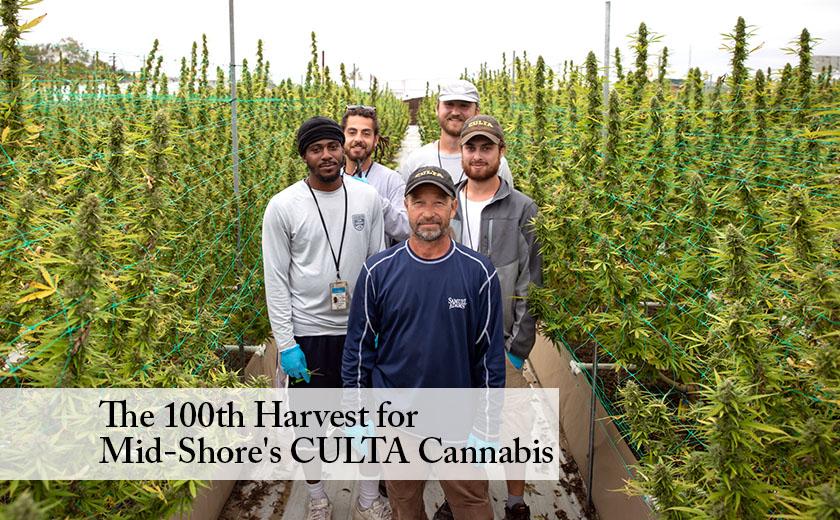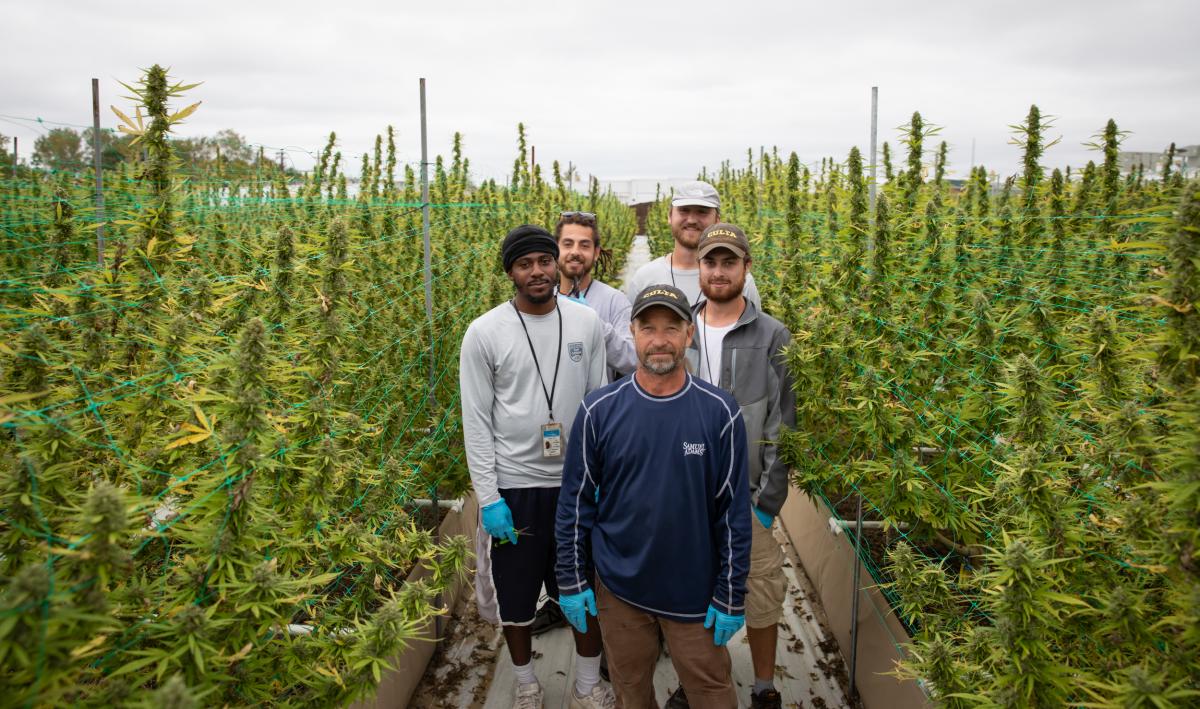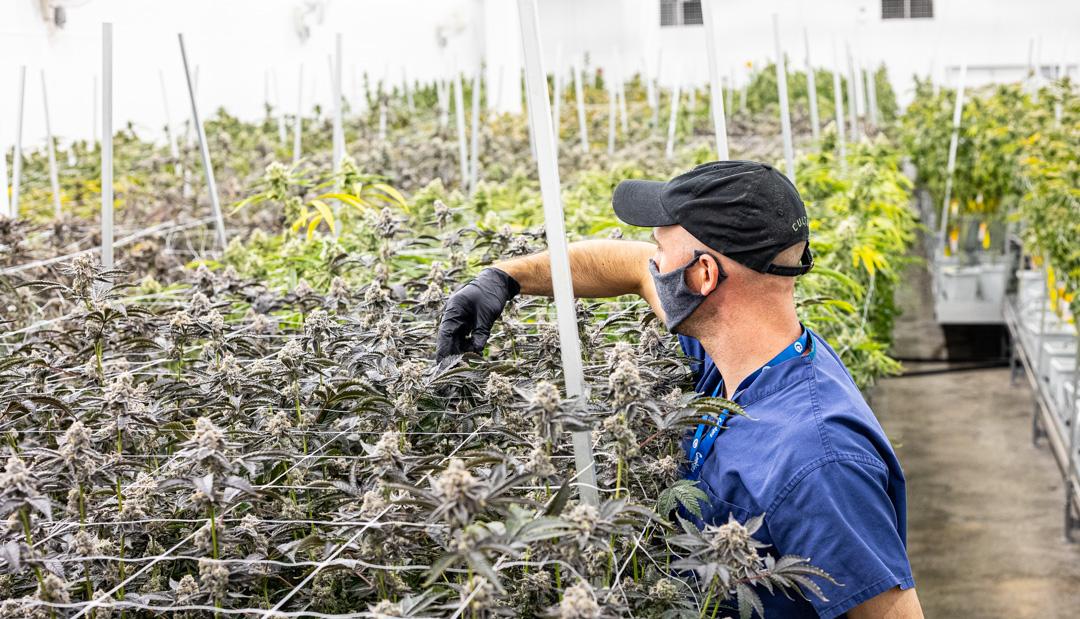North of Cambridge, just off Route 392, Hurlock’s Industrial Park has housed several amazing ventures, helping them take root and grow over the years.
Perhaps the most unexpected, innovative enterprise yet, at least for traditional North Dorchester County, has been cannabis cultivation and production company Goodness Growth Holdings, an outgrowth of Vireo Health, Int.
The company’s website, tells the story of it’s start in Minnesota, noting that founder, Kyle Kingsley, MD, a “board-certified emergency medicine physician, serial entrepreneur, and inventor” was initially a medical cannabis skeptic, who became inspired to launch Vireo after he “delved into science absent from his medical school training, becoming intrigued by “the small but building body of clinical evidence regarding pharmaceutical cannabis use, but especially upon meeting and learning the stories of numerous patients, first hand, who successfully used cannabis to effectively alleviate their pain and suffering.”
 He also cited his emergency room experience observing how “opioids are overused, frequently abused, and too often result in fatal overdoses. Medical cannabis is a safer, less addictive alternative,” the website quoted Kingsley, explaining the overriding impetus to starting his first medical cannabis company, Minnesota Medical Solutions, which soon became Vireo Health after winning a medical license in New York state in 2015.
He also cited his emergency room experience observing how “opioids are overused, frequently abused, and too often result in fatal overdoses. Medical cannabis is a safer, less addictive alternative,” the website quoted Kingsley, explaining the overriding impetus to starting his first medical cannabis company, Minnesota Medical Solutions, which soon became Vireo Health after winning a medical license in New York state in 2015.
The company came to Hurlock’s approximately 22,000 square foot facility shortly after the start of it’s Maryland operations began, following it’s state award of grower and processor licenses in 2016. (The initial awards were soon put on hold, then quickly reinstated).
Initially, the Industrial Park location was used as an indoor cannabis cultivation station, with a bit of extra space devoted to packaging and processing the botanical harvest into consumer ready products, including edibles.
Instrumental in getting the operation off the ground was Salisbury native Bryan Sweeney, who held a degree in Environmental Science and had solid experience working within a bastion of Eastern Shore tradition, the seafood industry.
A friend who’d heard about a possible new occupational path shared it with him; Sweeney followed up and was instrumental in getting the indoor cannabis cultivation operation up and thriving. Currently, he holds the title of VP of Operations for Goodness Growth Holdings.
In 2020 the facility’s workers voted “overwhelmingly” to approve a 3-year Collective Bargaining Agreement, joining the ranks of United Food and Commercial Workers Local 27, the first of it’s kind medical cannabis union agreement in Maryland, according to a release in New Cannabis Ventures. 
Within just a few years, Vireo Health’s wholly owned subsidiary, MaryMed LLC, which operates in Maryland, Minnesota, and New York, recognized the need for substantially more growing space, in order to serve the increasingly fertile pharmaceutical cannabis landscape. The company’s products supply its own and third-party operated dispensaries; its current Maryland outlets operate as Green Goods in Baltimore and Frederick.
MaryMed acquired Goose Landing Farms in Massey, Maryland, which was growing perennials in its 110, 200 sq.ft. greenhouse facility. Soon after, the company reassigned its cultivation license and growing operation, transferring them to the Kent County site near Galena, in the community which also hosts the Massey Air Museum. This increase would enable a twelve-fold upgrade in cannabis growing capability.
Meanwhile, the Hurlock building transitioned exclusively to a hub of production and packaging activities, a set up consisting of a carefully coordinated maze of hyper sanitary, specialized rooms dedicated to different essential tasks, from receiving, to curing, sorting, and trimming.
Universally adhering rigorously to pharmaceutical grade standards, staffers wear disposable gloves, masks, and lab coat coverings.
Before even entering the secure front office door or employee entrance shoes are required to be rubbed up against a floor level bristle brush, then disposable foot coverings are added upon entering.
It took this visitor a minute or two to fully take in the surreal sight (and smell!) of the receiving room fully laden with harvested cannabis, which is delivered once a month from Massey, where it is harvested every two weeks, some of which is frozen to preserve freshness.
There’s also space dedicated to hermetically packing up, sealing, and carefully storing the products designated according to strain, strength, flavor, etc.
Many of the jobs involve careful hand work, but some areas benefit from technical assistance, including from a Green Broz. gentle rotating spinner/sorter machine developed for the cannabis industry, plus THC extracting machines and lab testing equipment used to ensure the resulting substance’s purification.
Relentless quality control and painstaking individual (gloved) hands on attention mark every stage of the process. In one room, the company’s flower buds get carefully apportioned into small consumer/patient packages plus larger dispensary bulk containers.
At the same time, another staffer takes her time carefully, intently focusing on inserting crushed flower particles into pre roll holders for vaping use.
Another section of the Hurlock facility’s overall space is where more sorting takes place, in this case, a precursor to extracting the plants’ THC oils for use in additional products, especially the growing line of edibles, which are small batch ‘cooked’ atop hotplates, then ‘cured,’ before packaging.
Individuals cordoned off in an intensely HEPA filtered area precision fill cannabis product jars.
With adult use legalization active, the facility expects to increase its workforce, and has posted a crop of job listings under Vireo Health, Hurlock, on Indeed com.
Debra Messick is a retired Dorchester County Public Library associate and lifelong freelance writer. A transplanted native Philadelphian, she has enjoyed residing in Cambridge MD since 1995.
